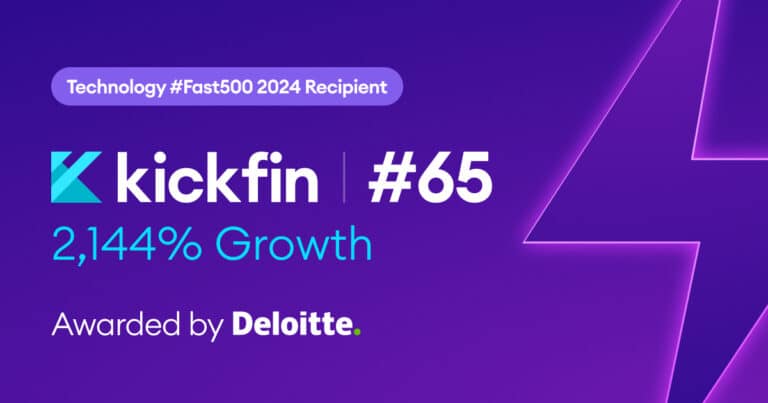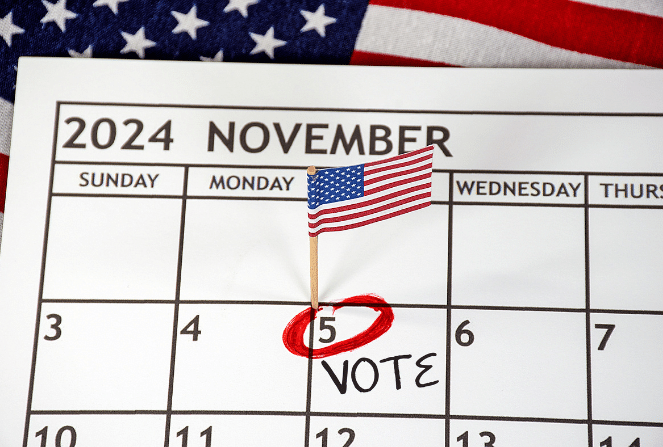Meet Jaimeen.
He’s grown up in a family of franchisees, and now he’s using his inside knowledge of the industry to connect franchisees with their peers and with technology. As the founder of FranTable, Jaimeen Dalia brings a wealth of knowledge across franchises of varying sizes and industries. We sat down to talk to him about the advantages of purchasing a franchise and how emerging restaurant franchises can stake their claim in the current landscape.
What is an emerging restaurant franchise?
The definition of an emerging restaurant franchise can vary depending on who you ask within the franchising industry.
A commonly accepted definition is that any brand with fewer than 100 units is considered an emerging franchise, while enterprise brands are characterized by having over 500 units. Emerging franchises often have a larger pool of available territories, which can be an appealing prospect for potential franchisees.
What are the pros of purchasing a franchise over opening your own independent restaurant?
There are several significant advantages to opting for a franchise as opposed to launching an independent restaurant. Firstly, franchisees benefit from the established brand equity of well-known franchises, which can be a game-changer for new businesses. Imagine a scenario where a new resident is deciding between a local eatery and a nationally recognized franchise; the trust associated with the familiar brand often sways the decision in its favor.
Another key advantage is the potential for more favorable rates with vendors. Franchise brands tend to have more bargaining power with their vendors, given the large volume of supplies they purchase, from food ingredients to everyday items like paper towels. This leverage allows local franchise owners to access better deals on essential supplies, which can be challenging for small business owners operating independently.
Lastly, franchise ownership offers accelerated learning curves when it comes to business development. Independent entrepreneurs typically spend months, if not years, fine-tuning fundamental aspects of their business, such as understanding customer preferences, pricing strategies, and marketing tactics. By partnering with a reputable franchise brand, franchisees can tap into the wealth of knowledge and experience of the franchise brand.
What challenges do emerging franchises face that are different from independent restaurants and enterprise brands?
I think the number one challenge for emerging franchises is their limited capacity to provide robust support to their franchisees. Unlike well-established enterprise brands with ample resources and a large workforce dedicated to operations, marketing, and sales, emerging franchises typically operate on tighter budgets and have fewer full-time people on staff. This can sometimes impact their ability to provide the necessary assistance and guidance to their franchisees.
Number two; emerging franchise brands often face a significant challenge when it comes to raising capital to support their franchisees. While established franchises have a track record of success and access to more traditional financing options, newer brands tend to lack the same level of credibility and may struggle to attract investment. This can affect their ability to expand, provide ongoing support to their franchisees, and develop effective marketing and operational strategies. To overcome this challenge, emerging franchise brands need to be innovative in how they pursue fundraising, explore alternative financing options, and demonstrate a clear and compelling vision for their business to attract potential investors and lenders.
The third challenge would be the tough competition they encounter from larger, more established brands. They can struggle to distinguish themselves in a market where a number of well-known names already dominate the consumer landscape. Something I’ve noticed often is how even small coffee franchises with just a handful of locations often tend to be compared to mid-tier and enterprise-level coffee giants. Emerging franchises need to get creative with their marketing and product innovation so they can carve out their niche.
What advantages do emerging franchises have over enterprise brands?
Emerging franchises can have some unique advantages over their enterprise counterparts. One notable advantage is their agility and speed in decision-making and support. As a franchisee within an emerging brand, individuals often enjoy direct access to the brand’s executive team, sometimes even the founders. This level of direct engagement allows emerging franchises to be more hands-on and responsive. This close collaboration with founders and experienced executive teams can be particularly beneficial for less experienced franchisees. Generally, such personalized support is not as readily available within the larger enterprise brands.
Emerging franchises are also typically more flexible in adapting to local market conditions and changing customer preferences. They can often customize their products, services, and marketing strategies quickly to better cater to the unique needs of their specific locations. This nimbleness and ability to pivot quickly helps form stronger connections with the local community and drive higher customer satisfaction.
In many cases, emerging franchise brands may also require a lower initial investment from franchisees compared to larger enterprise brands. This lower financial barrier to entry can make it more accessible for aspiring entrepreneurs and individuals with limited capital to become franchisees.
What are the signs that an emerging franchise is succeeding?
This can be tricky to answer. I think there’s a few factors involved. Firstly, the satisfaction of franchisees plays a pivotal role. Are the current franchisees happy? Are they getting along with the brand? Is their experience in line with the expectations they had before buying the franchise?
Secondly, you can look at some of the quantitative indicators. That involves evaluating the financial performance of the brand. Are the franchisees profitable? Are they growing year over year?
Lastly, the growth trajectory of the franchisees can also be a good way to assess how well the brand is doing. So you can look at whether there’s year-over-year expansion through increased same-store sales or the addition of new systemwide locations. I also like to see if the current franchises are adding more units. When existing franchisees show confidence in the system by investing in and opening additional territories, this can demonstrate the brand’s potential to establish itself as a category leader within the industry.
How important is it for franchisees to connect with their peers?
I think establishing strong connections with fellow franchisees is very important for franchise owners, particularly with those who may be in similar business situations as them. In my view, this is one of the biggest advantages of being part of a franchise system. It provides a network of non-competitive peers who are willing to share their operating experience with you.
Unlike independent business owners, who often lack a supportive community, franchisees can readily seek guidance from others who have likely encountered and addressed similar issues.
FranTable plays a vital role in facilitating these interactions, enabling franchise owners from various brands and industries to engage in knowledge-sharing and ensure they are making informed decisions.
>> To learn more about Jaimeen Dalia and the ins and outs of operating a restaurant franchise, check out FranTable.




